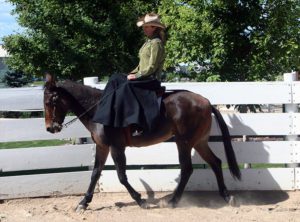 “The passion that Meredith Hodges feels for the equines that she has fought for all her adult life is still as fresh, inspiring and infectious as it was when she first discovered the world of horses, donkeys and mules. She has never wavered in her devotion to them and in her mission to carve a lasting and honored place for them in our world. They are lucky to have her as their champion, but Meredith actually sees it a bit differently. She feels honored and privileged to be a part of their world.”
“The passion that Meredith Hodges feels for the equines that she has fought for all her adult life is still as fresh, inspiring and infectious as it was when she first discovered the world of horses, donkeys and mules. She has never wavered in her devotion to them and in her mission to carve a lasting and honored place for them in our world. They are lucky to have her as their champion, but Meredith actually sees it a bit differently. She feels honored and privileged to be a part of their world.”
View Posts By Category:
Breeding | Donkey Training | Farewells | General Interest
Hearts & Horses | Historical | Interviews | Jasper
Longears People News | Longears Videos | Lucky Three Ranch
Military Mules | Mule Talk! Podcasts | Pack Burro Racing
Showing | Statues & Exhibits | Training | Training Tips
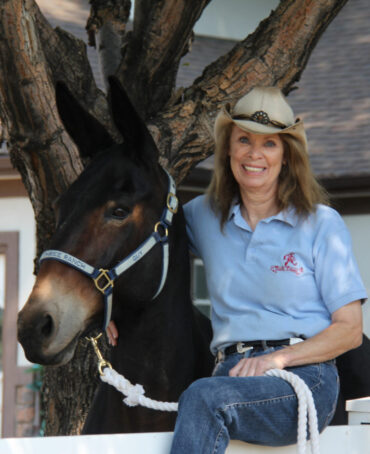
Ground Breaking - Raising the Barn
Hearts and Horses broke ground on a new arena where they will continue to change lives through therapeutic riding. The new arena will be called Lucky Hearts, as much of the funding for the arena was given by Lucky Three Ranch.
Hearts & Horses Virtual Tour
Haven’t made it out to the Hearts & Horses ranch yet? Here’s your chance, thanks to our brand new virtual tour! Discover all of the state-of-the-art facilities designed to heal minds, bodies, and spirits at our 23-acre ranch in Loveland, Colorado.
Latest Podcast
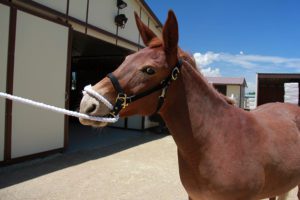
MULE TALK! PODCAST: Leverage Versus Abuse
Learn the proper use of restraints on a mule or donkey.
- Chains are severe and can injure the nasal cartilage or the incisive bones when abrupt pressure is applied.
- Learn how to use the lead rope for a “Quick Twist.”
- Old-time twitches can do great damage to the equine’s sensitive upper lip.
- Selecting the correct hobbles for the task at hand.
- Sedation and tranquilizers can be very dangerous to the mule and donkey.
- Allow your equine to learn and grow in a logical, step-by-step process that will not overwhelm him with too much stimulus at any stage.
Learn more about the mule being exceptional and his diversity on Mule Talk podcast.
All Posts
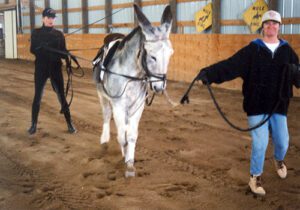
MULE CROSSING: Donkey Training, Part 8
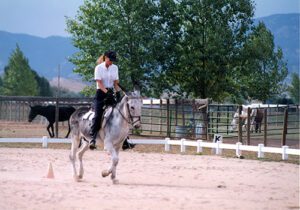
MULE CROSSING: Donkey Training, Part 7
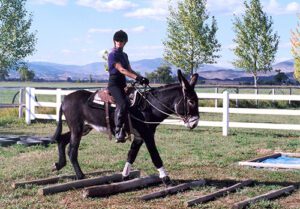
MULE CROSSING: Donkey Training, Part 6
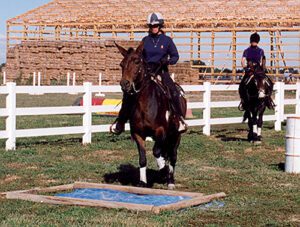
MULE CROSSING: Donkey Training, Part 5
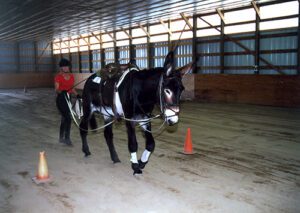
MULE CROSSING: Donkey Training, Part 4
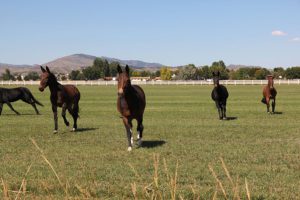
MULE CROSSING: Why Mules Are Exceptional
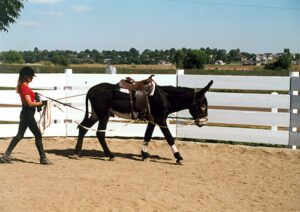
MULE CROSSING: Donkey Training, Part 3
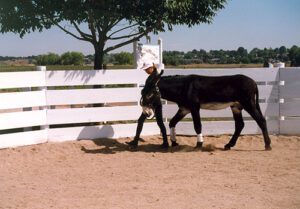
MULE CROSSING: Donkey Training, Part 2
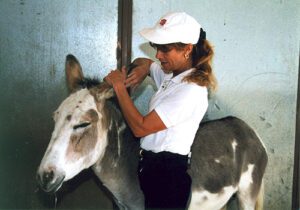
MULE CROSSING: Donkey Training, Part 1
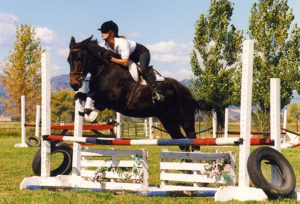
MULE CROSSING: Equine Behavior: Look Who’s Talking! Part 3
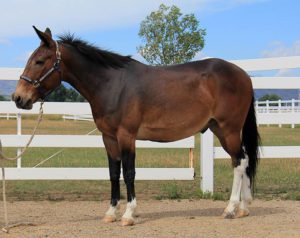
MULE CROSSING: Differences Among Horses, Mules and Donkeys
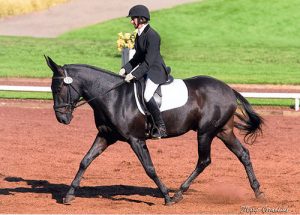
MULE CROSSING: Mules Accepted by U.S.E.F. in Dressage!
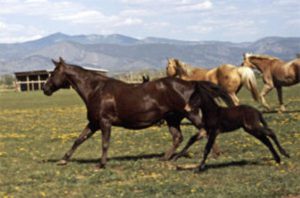
MULE CROSSING: The Mule Foal
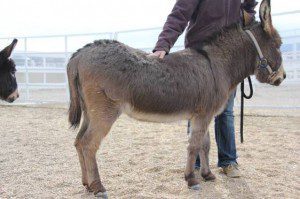
MULE CROSSING: Donkeys: The “Sinking” Reflex
